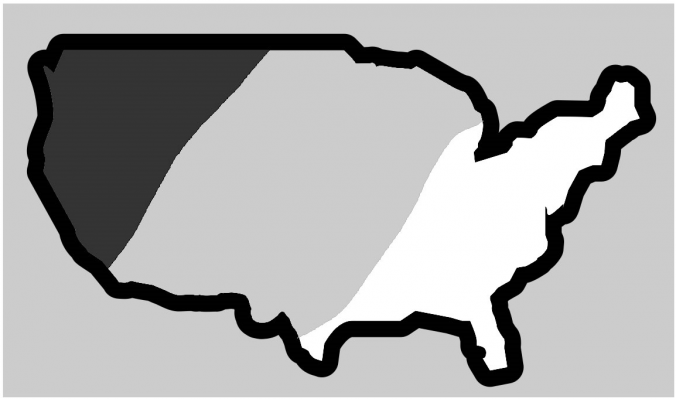The EFC Enters Third Year of Considering Financing Strategies for Nutrient Management in the Jordan Lake Watershed.
In 2016, the North Carolina legislature commissioned a six-year nutrient management study to be done through the University of North Carolina at Chapel Hill for the purpose of reevaluating the nutrient management strategies for the Jordan Lake and Falls Lake watersheds.
The Environmental Finance Center (EFC) is one of more than a dozen teams working on the study, and our work is focused on the legislative directive to “review the costs and benefits of existing nutrient management strategies,” so that the State can modify such strategies in order to “share costs on an equitable basis.” The first three years of the six-year study are focused on Jordan Lake, and the last three years will be focused on Falls Lake. Continue reading







